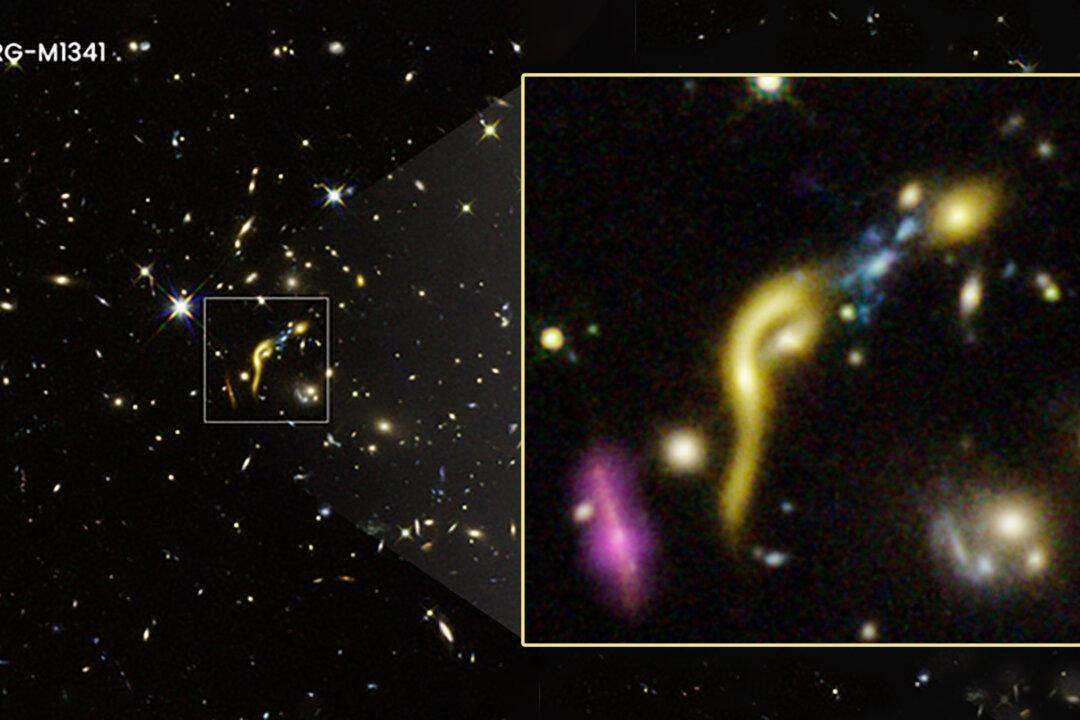Extraordinary images captured by Hubble Space Telescope and ALMA observatory—utilizing unique natural gravitational lensing—revealed a remarkable phenomenon which occurred in space 11 billion years ago.
Early in the life of the universe, when it was just 3 billion years old and stars were forming abundantly, a cluster of galaxies mysteriously died out and stopped producing stars for some unknown reason.






